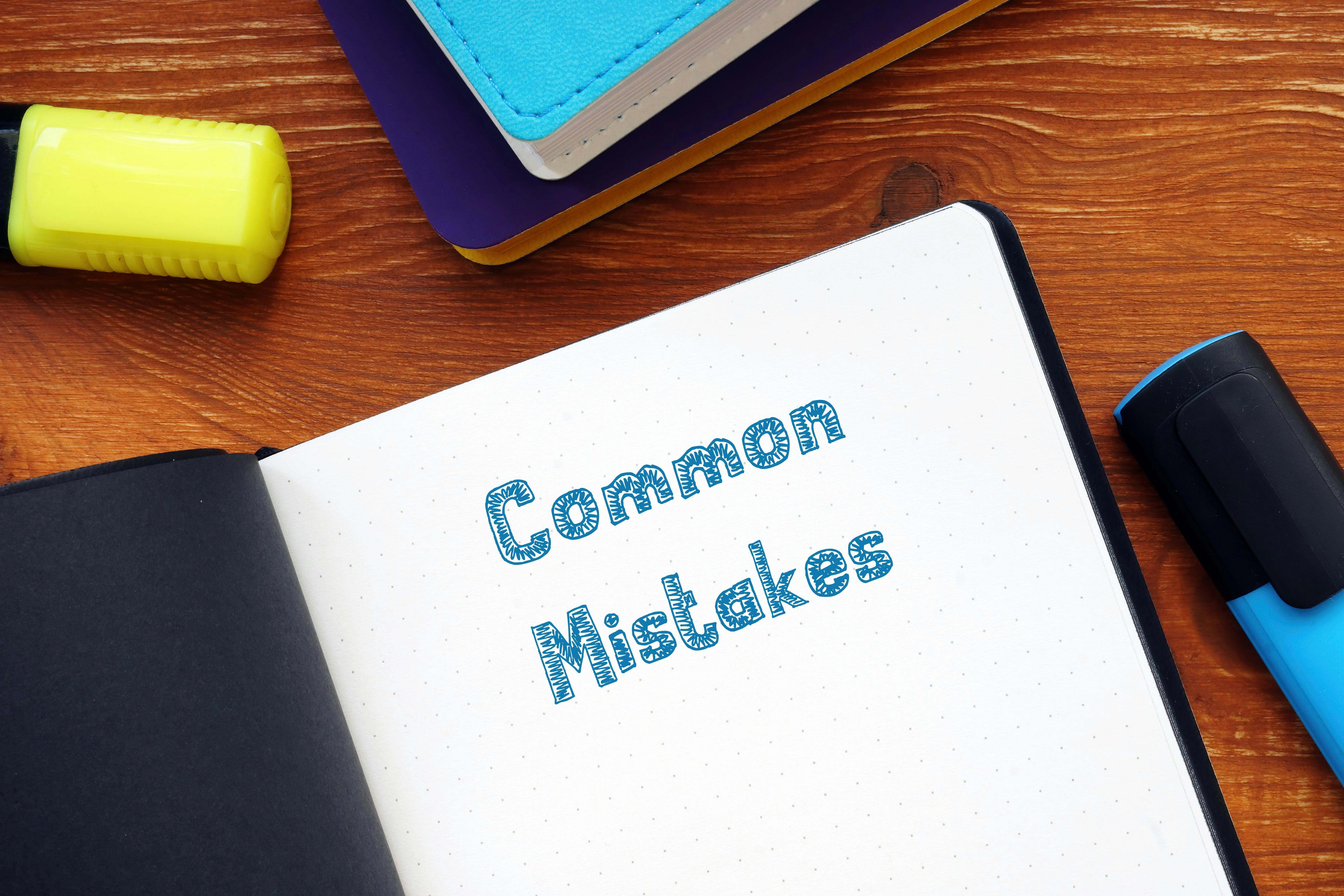Civil PE Exam: A Breakdown of Each Discipline and How to Choose the Right One for You

The Civil PE exam offers multiple depth areas, and choosing the right one is critical—not only for exam success but for aligning with your career goals. The five main depth sections under the Civil PE are: Structural, Geotechnical, Construction, Water Resources & Environmental (WRE), and Transportation. Each has its own focus, terminology, and types of problems you’ll be expected to solve. For engineers in California, two additional exams—Seismic Principles and Engineering Surveying—are required for licensure.
Choosing your depth area should be a balance between your professional experience and the discipline you feel most confident tackling under exam conditions. For example, if you've spent most of your career working on site development and grading plans, the Transportation or Geotechnical depth might make more sense than Structural. Understanding the content outline published by NCEES is your first step—study it carefully to see where your strengths lie. It's also important to understand that the difficulty of the depth section can vary depending on your background.
Here's a closer look at each:
- Water Resources & Environmental (WRE): Although this exam has fewer codes to refer to, the material is vast. You may encounter questions on clean water or wastewater, treatment plants and processes, groundwater, hydrology, project management, and quantity take-offs. This exam may seem the easiest at first glance, but its broad coverage offers a wide range of potential questions, which could leave more room and broader questions from exam writers.
- Structural: Structural is often regarded as more complex, with some questions being calculation-heavy (this is not always the case though), while others are more theory-focused. A solid theoretical understanding is key here. You can expect questions on topics like seismology, AASHTO, beam design, wind design, trusses, and structural analysis, geotechnical and material, and much more. Some of these questions are simple, while others can be quite challenging, and you’ll need to refer to specific codes during the exam.
- Transportation: This depth section is the most code-heavy, requiring you to reference more than 10 codes, most of which are from AASHTO. During the exam, you’ll likely spend a significant amount of time flipping through pages using the digital search functions to find the information you need. We authored our transportation book with this in mind—offering a slightly more difficult set of practice questions to ensure you're well-prepared for the real exam.
- Geotechnical: Arguably the most challenging of all the depth areas, the Geotechnical exam is not only heavy on codes and references (similar to Transportation), but it also requires familiarity with lab testing and related calculations. It’s a rigorous section that tests your depth of knowledge and understanding. As with the other depth areas, our preparation materials intentionally include more difficult questions to guarantee your success.
- Construction: This discipline has broad coverage, touching on topics from structural and temporary structures, geotechnical and materials, operations, as well as hydrology, groundwater, and transportation and much more. Similar to the WRE exam, the exam writers can be quite creative, often requiring a thoughtful approach to understanding how varied topics come together. Not similar to WRE, there is a good number of references and design codes that you need to be familiar with. This means gathering and practicing a wide variety of question types is critical. Our construction publication reflects this diversity intentionally, helping you prepare for the exam’s unique challenges.
Choosing the right depth section is not just a test-day decision—it sets the foundation for how you’ll prepare, what materials you’ll need, and how you’ll study over the next several months. Take the time to evaluate your strengths, explore the content areas, and align your choice with your professional experience and confidence.




